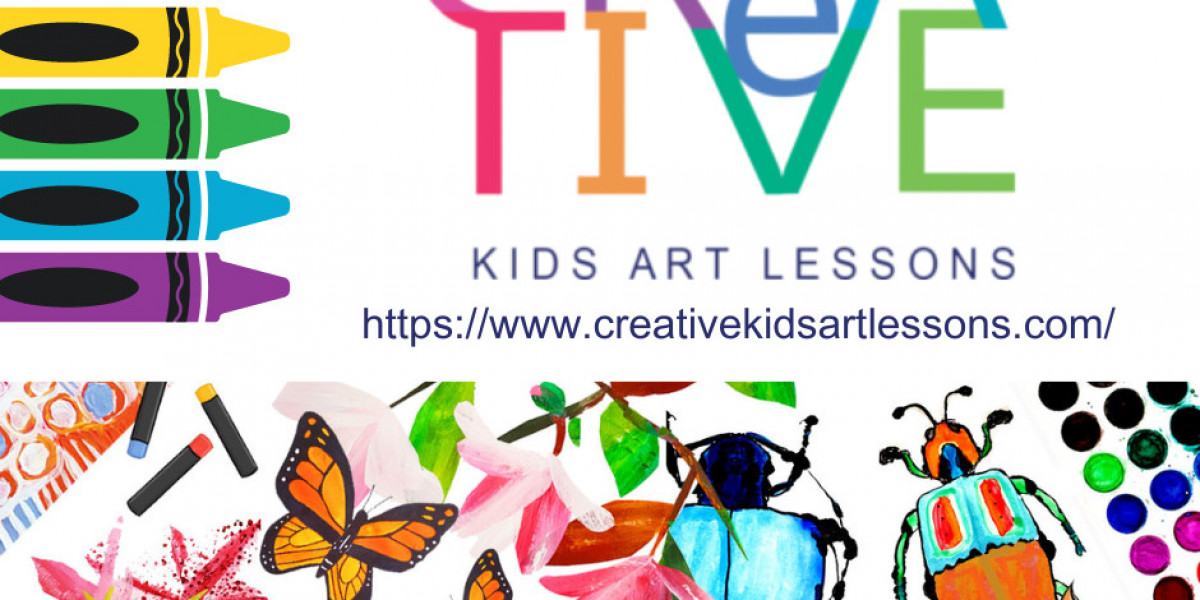Introduction
Kindergarten art classes are a wonderful way to nurture young children's creativity and development. These classes go beyond just keeping kids entertained; they lay the foundation for various skills that will benefit them throughout their lives. In this article, we'll explore the benefits of kindergarten art classes, the types of activities involved, how to choose the right class, and ways to integrate art into the daily kindergarten routine.
Benefits of Kindergarten Art Classes
Enhancing Creativity
Art classes are essential for enhancing creativity in young children. When kids are given the freedom to create, they learn to think outside the box and develop innovative ideas. Whether they are drawing, painting, or crafting, these activities stimulate their imagination and allow them to explore new concepts. Creativity developed at a young age can lead to better problem-solving skills and a more open-minded approach to learning.
Building Confidence
Participating in art classes helps build confidence in kindergarteners. Completing an art project gives them a sense of accomplishment and pride. This boost in self-esteem can extend to other areas of their lives, encouraging them to take on new challenges with a positive attitude. When children see their artwork displayed or receive praise for their efforts, it reinforces their belief in their abilities.
Developing Motor Skills
Art activities such as drawing, cutting, and painting are excellent for developing fine motor skills. These tasks require precision and control, which help strengthen the small muscles in the hands and fingers. Improved motor skills are crucial for everyday tasks such as writing, buttoning clothes, and tying shoelaces. Regular participation in art classes can significantly enhance these abilities in young children.
Encouraging Expression
Art is a powerful medium for expression. Young children often struggle to articulate their thoughts and emotions verbally. Through art, they can convey their feelings in a non-verbal way, which is both therapeutic and educational. Encouraging children to express themselves through their creations can help them process their emotions and develop better emotional intelligence.
Popular Art Activities for Kindergarteners
Basic Drawing and Coloring
Drawing and coloring are the foundation of most kindergarten art classes. These activities are simple yet highly effective in developing creativity and motor skills. Providing children with a variety of materials such as crayons, markers, and colored pencils can make drawing and coloring more exciting. Encouraging them to draw freely allows their imagination to flourish.
Finger Painting
Finger painting is a favorite among young children. It allows them to explore textures and colors in a hands-on way. This activity is not only fun but also helps in developing sensory skills and hand-eye coordination. Finger painting can be a bit messy, but the benefits far outweigh the inconvenience. It's an excellent way for children to express themselves artistically.
Collage Making
Collage making involves using different materials like paper, fabric, and other craft supplies to create artwork. This activity is great for developing fine motor skills and creativity. Children learn to arrange different elements to create a cohesive piece of art, which enhances their problem-solving abilities and artistic expression. Collage making can be themed around seasons, holidays, or any topic of interest.
Clay Modeling
Clay modeling is a three-dimensional art activity that allows children to mold and shape various forms. This activity helps develop spatial awareness and fine motor skills. Working with clay can be very calming and therapeutic for children. It also encourages them to think about form and structure, which can be a valuable learning experience.
Selecting the Right Art Class for Your Child
Qualified Instructors
When choosing an art class for your kindergartener, the qualifications of the instructors are vital. Look for teachers with experience in early childhood education and a background in art. Qualified instructors know how to engage young children and make learning enjoyable while fostering their artistic abilities.
Class Size Considerations
The size of the class can significantly impact the quality of the learning experience. Smaller class sizes allow for more individual attention and a better learning environment. Ensure that the class maintains a low student-to-teacher ratio, so each child receives the guidance and support they need.
Curriculum and Activities
The curriculum should be diverse and cater to different interests and skill levels. Look for classes that offer a mix of structured activities and free creative time. This balance ensures that children learn new techniques while also having the freedom to explore their creativity.
Safe and Inspiring Environment
The environment where the art class takes place should be safe and inspiring. The classroom should be equipped with child-friendly art supplies and be free of hazards. A well-organized and aesthetically pleasing environment can inspire children and make them feel comfortable to express themselves.
Integrating Art into the Daily Kindergarten Routine
Art and Academic Learning
Art can be seamlessly integrated into academic learning. For instance, drawing can be used to teach shapes and patterns in math, while storytelling through pictures can enhance language skills. Creative projects related to science or social studies can make learning more engaging and memorable for young children.
Daily Art Activities
Incorporating art into the daily routine can make a big difference in a kindergartener’s development. Simple activities like morning drawing sessions or afternoon craft time can keep children engaged and provide a balance to their academic learning. Regular art activities ensure consistent opportunities for creativity and skill development.
Conclusion
Art Classes for Kindergarteners are crucial for nurturing creativity and overall development in young children. They provide a multitude of benefits, from enhancing creativity and building confidence to developing motor skills and encouraging expression. By choosing the right art class and integrating art into the daily routine, parents and educators can give children a rich and fulfilling learning experience. Encouraging creativity at a young age sets the stage for lifelong learning and passion.








